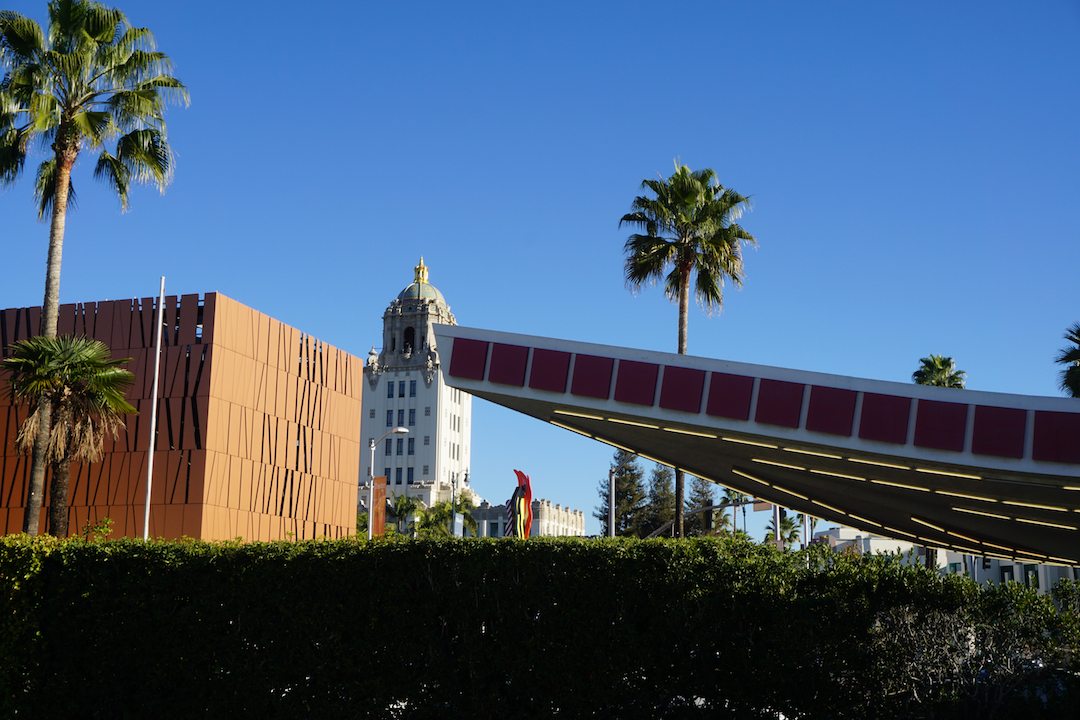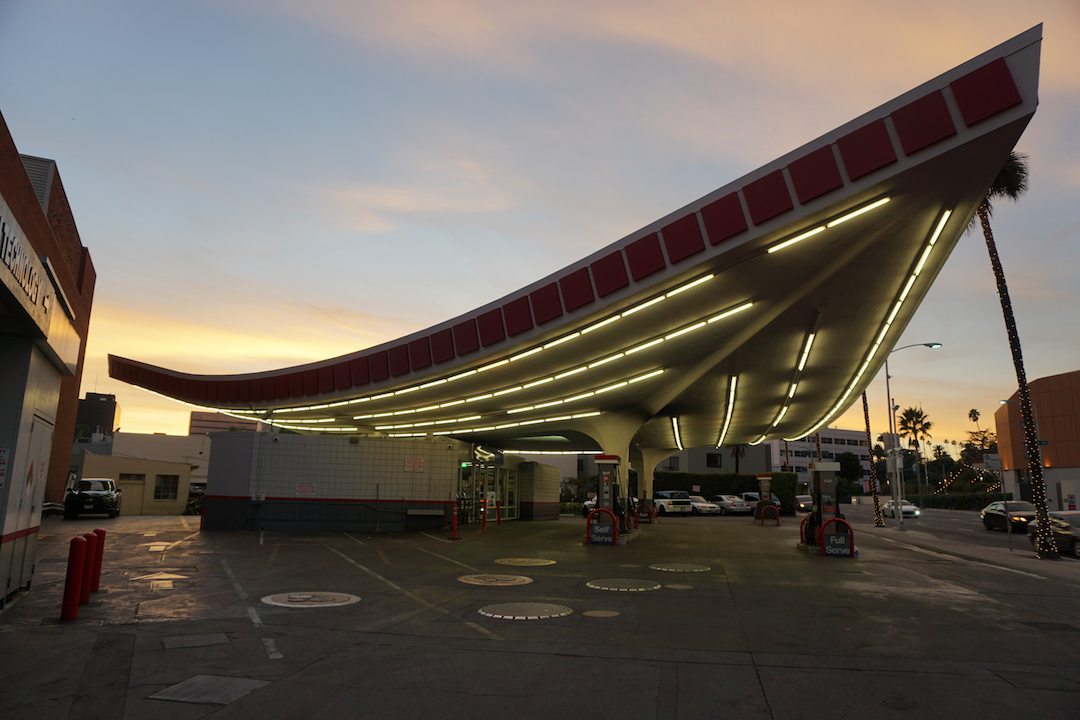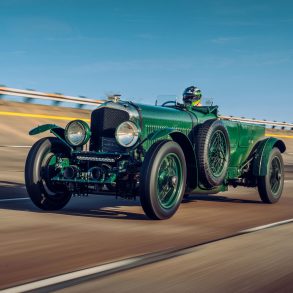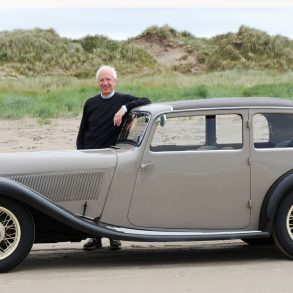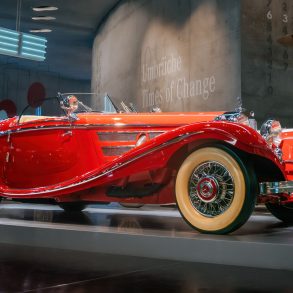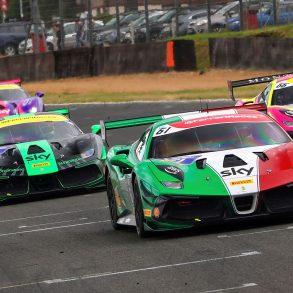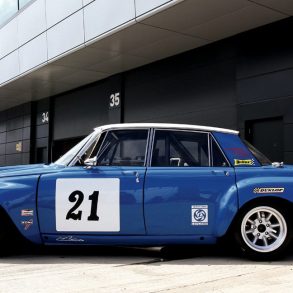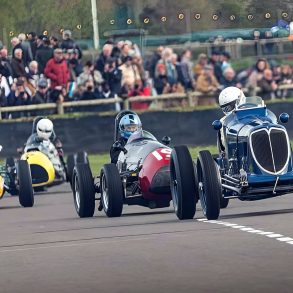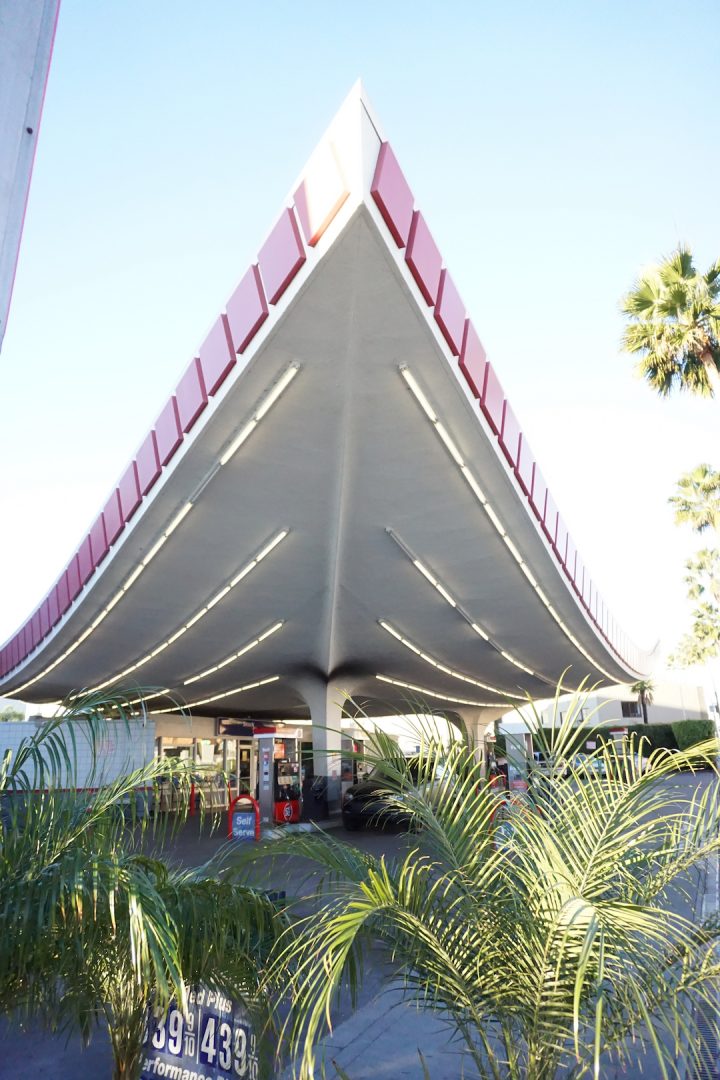
Like cars, there are buildings that demand your attention. A special car drives past you and you spin your head around and say, “what was that?” Some buildings can have the same effect in reverse. You drive by but continue to look, your eyes stay locked on the building. Similar to a limited production or coachbuilt car, these buildings are rare. Many times as real estate values rise, these buildings disappear. Sometimes overnight. More rare is when a building’s design is somehow tied to its function. I began to look for these “one-offs” and found one right in my own backyard.
In 1978 I moved to Los Angeles to start a new life. Everything I owned was packed in to my not-yet-paid-for 1978 Honda Accord. My official adult life was about to begin. I had rented a tiny one-room guesthouse in Beverly Hills and joined the small community. Back then, it was much more provincial than you would think.
Since everything in Los Angeles revolves around the automobile, I made my first visit to the local gas station. It was a, “We’re not in Kansas anymore” moment. The Union 76 gas station at the corner of Santa Monica Blvd. and Crescent Drive was like nothing I had ever seen. A cross between the Sydney Opera House and a monolithic concrete paper airplane…
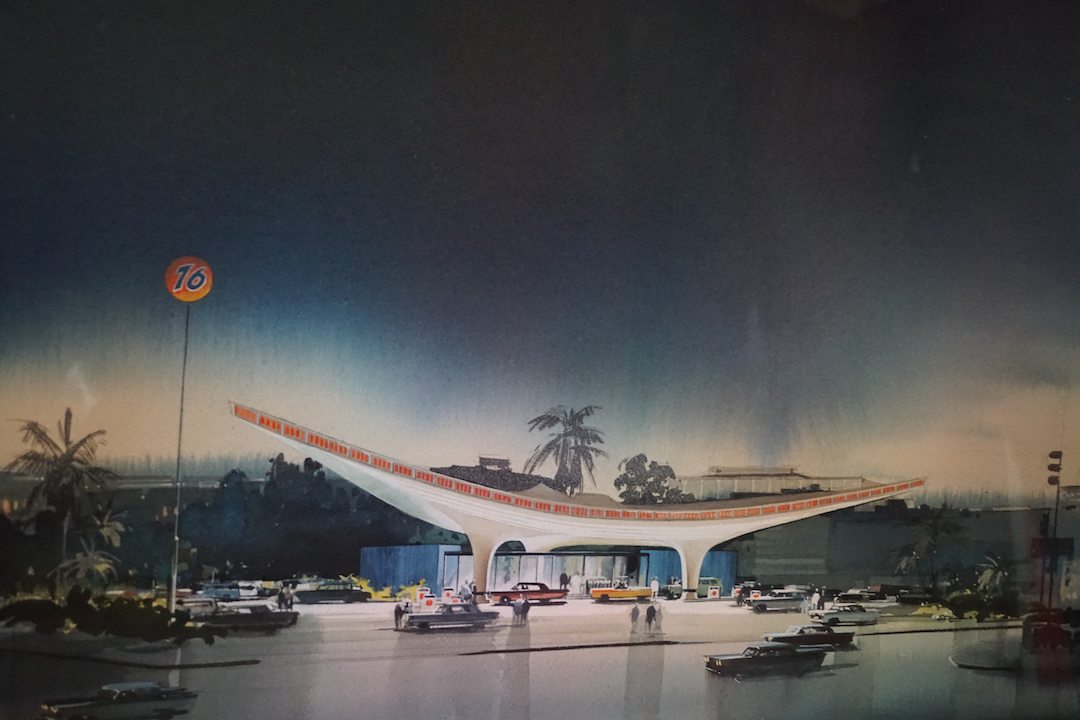
Thirty-eight years and many cars later I am still pumping my own gas under the same huge concrete wings. Sadly Jimmy is gone. I admit, I take my local gas station for granted but recently decided to explore its history.
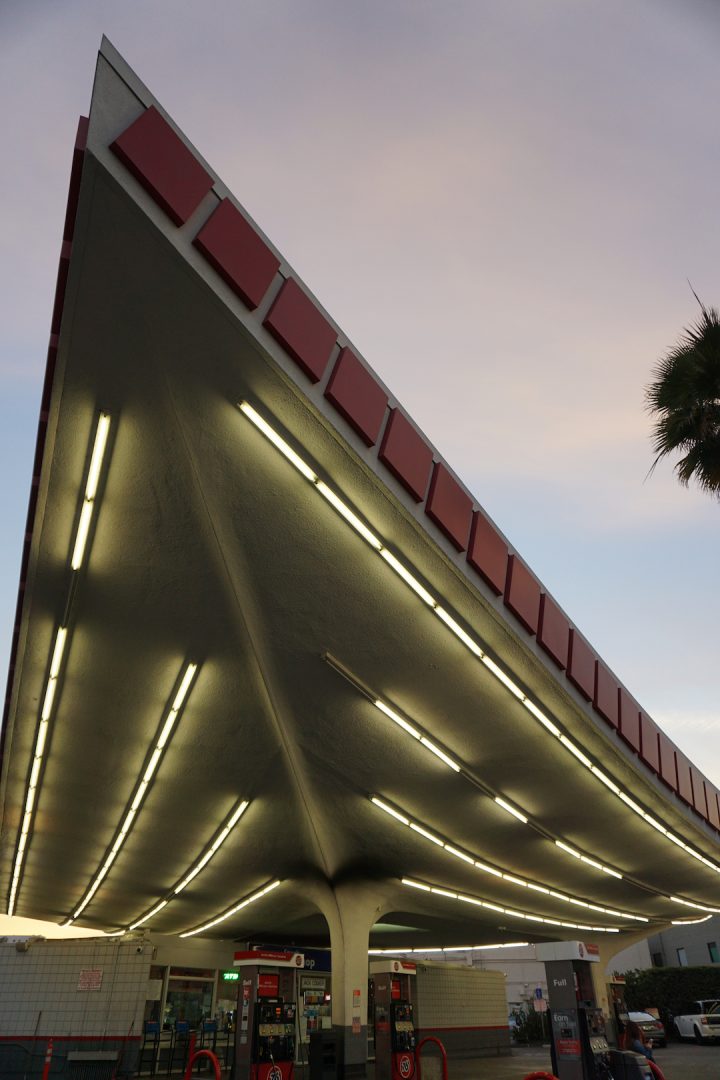
The wing-like building was never designed to be in Beverly Hills. It was originally commissioned as a project by Union Oil to be built at the entrance of The Los Angeles International Airport, thus the “wings” as part of The Theme Building. Ultimately Union Oil did not get the contract for the airport location as it went to Chevron. The unusual design was then transported to a lot in Beverly Hills where Union Oil had an existing gas station. The current building was constructed in 1965, design by architect Gin Wong for the firm of William Pereira and Associates.
Within a year of construction the local operator was having trouble running the business which, at that time, was open twenty-four hours a day, seven days a week. The Union Oil executives looked around for someone that they already had on the payroll to run the flagship store. The shining star of Union Oil at the time was a relatively young man named Jack Colker. A Pittsburgh native whos family had fled the depression in the 1930’s and moved to Los Angeles. He was then currently running three other Los Angeles stations for Union Oil.
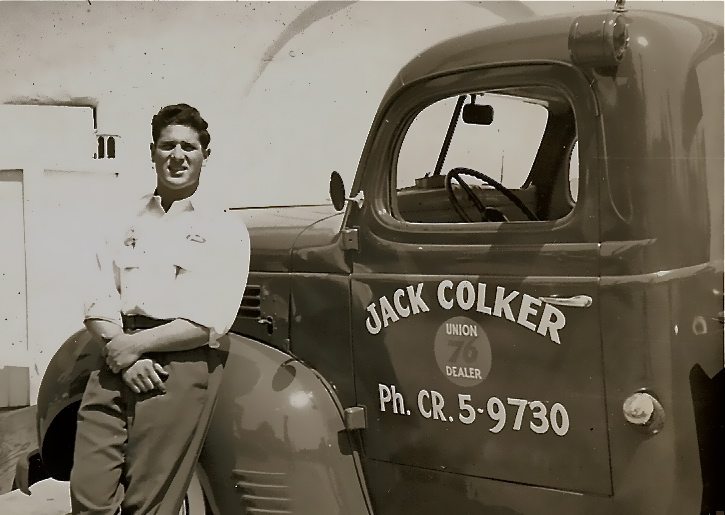
Over the many years, small changes have occurred. No longer can you get new brakes installed in the three service bays in the rear of the building. The volume of the snack food has expanded to teeth numbing dimensions. Something do not change, the restroom remains a clean and bright oasis. Full serve is still available at the front row of pumps, one of the very few stations to still offer that service. It is not hard to imagine the spirit of Jack standing nearby helping each customer with smile. Jack passed away in 2012 but his legacy of service lives on with his devoted wife Dvorah of 63 years, his children and now grandchildren.
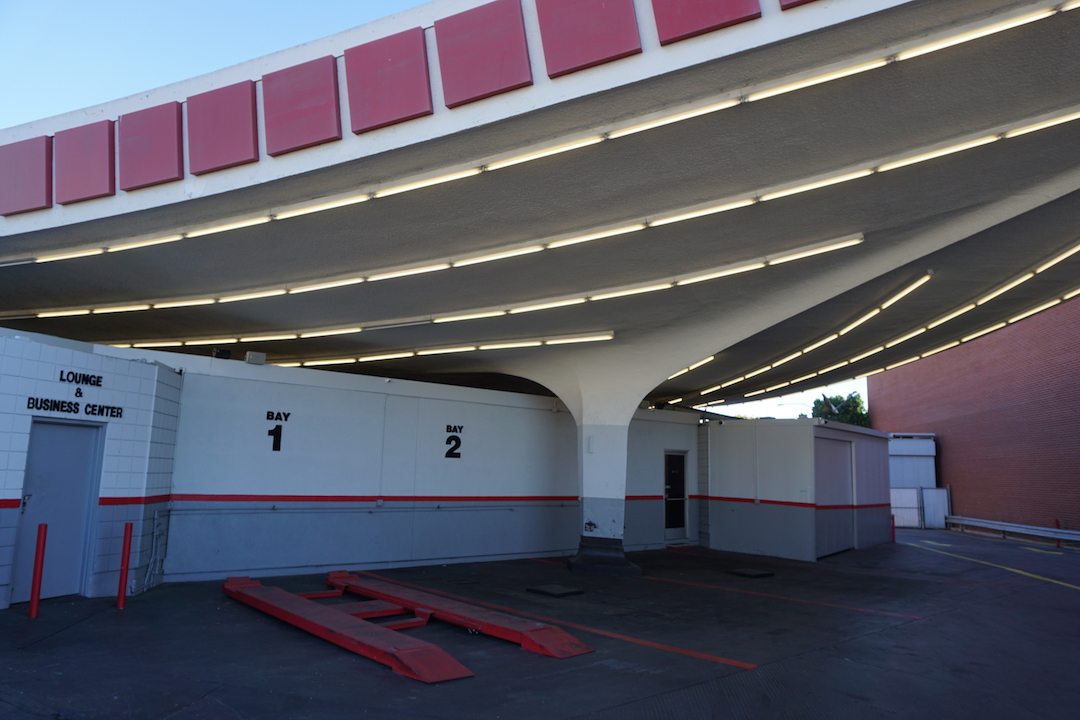
The Beverly Hills 76 station is more than concrete wings that soar into the Southern California sky. Over the years is has become a touchstone in the community it serves. Third and now fourth generations stop by to have the “Full Service Experience”. Local police, firemen and mailmen stop by, tour buses pull in for selfie stick photos. Movies, TV shows and commercials use it for a location. It has taken on a life outside of its function as a gas station. It has become, if you will, an urban “tribal center of the village.” My own car history is now part of its landscape.
Currently the building has no official designation as an historical structure. Which means, unfortunately, it could be gone tomorrow. Automotive culture, like all social culture, needs protection. Protection for the future. The Union 76 station is a perfect undisturbed example of mid century modernism at its finest. There is not another one like it, anywhere.
